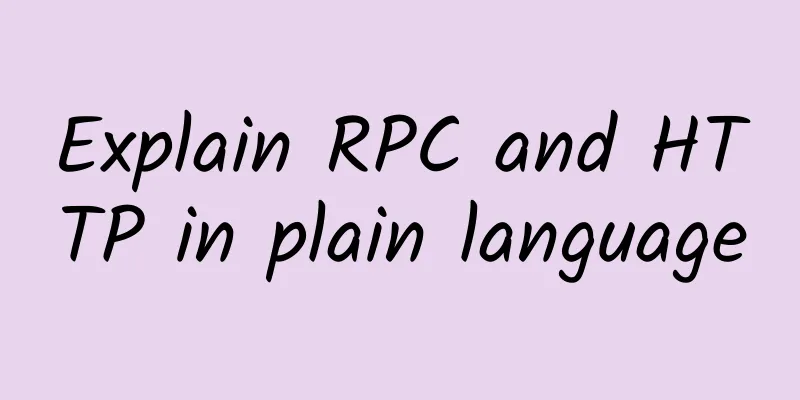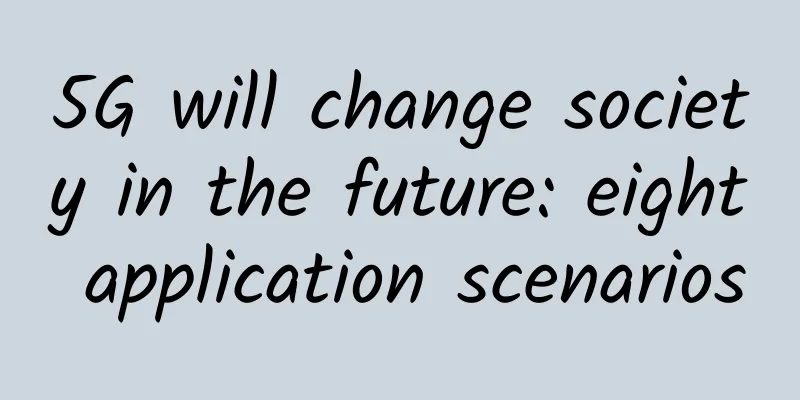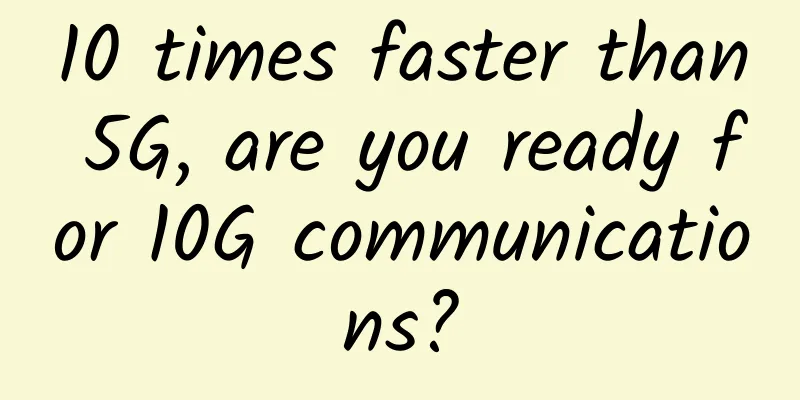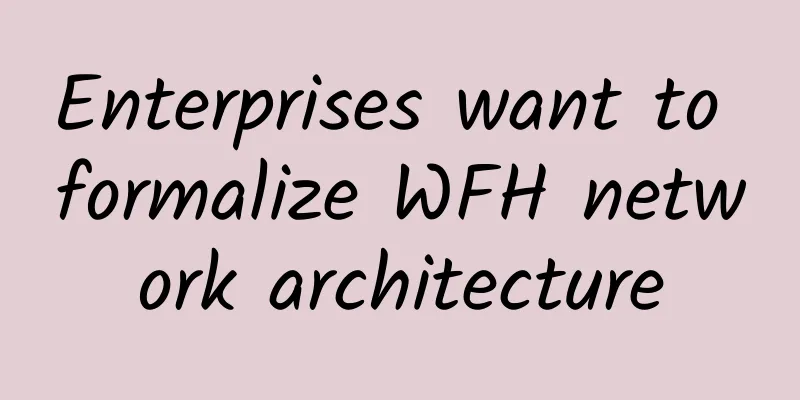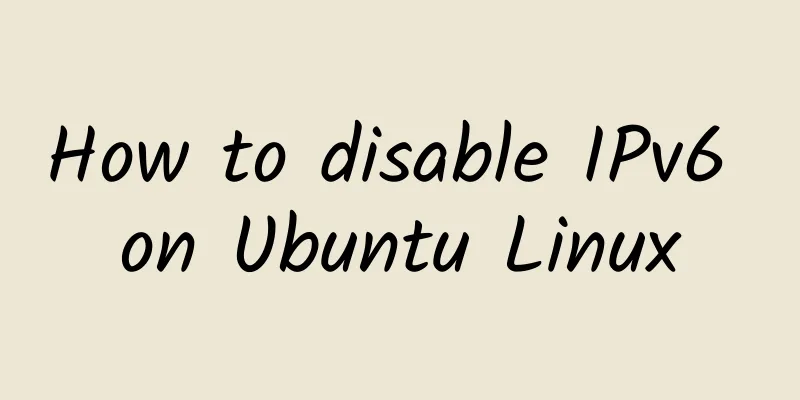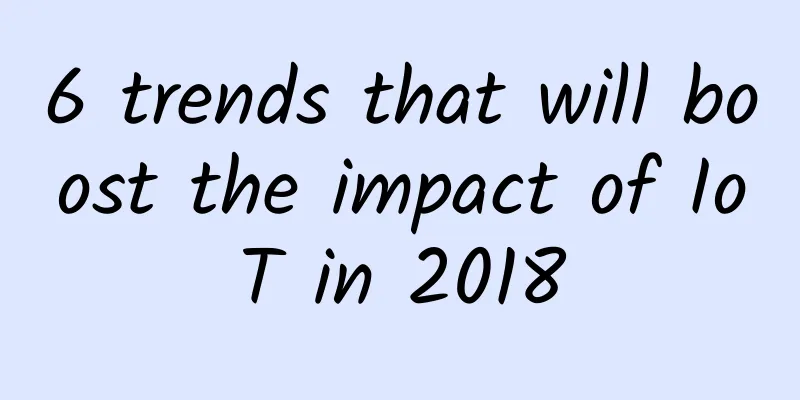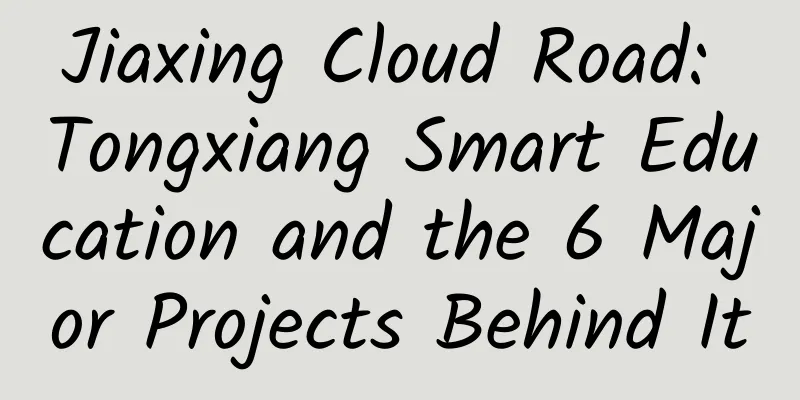Interviewer: What is your understanding of IO multiplexing?
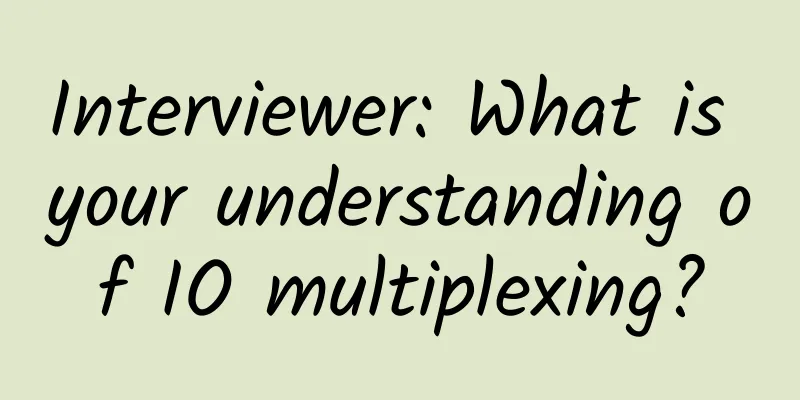
|
"IO multiplexing" is a common technical term in programming. There are many frameworks that use this technology, such as Redis, Kafka, Netty, and Nginx. So the question is, what is IO multiplexing? What are its specific implementation technologies? What are the differences between these technologies? Today we will briefly discuss it. 1. What is IO multiplexing?IO multiplexing is a technology that allows a single thread to manage multiple network connections. It enables the server to efficiently handle a large number of concurrent connections without creating a separate thread or process for each connection. picture Imagine if there are tens of thousands of clients, then non-IO multiplexing will have tens of thousands of threads, and then there will be problems of excessive IO contention and multi-thread switching, because there are only a few CPU resources, but there are tens of thousands of threads to be executed. 2. IO multiplexing technology implementationCommonly used IO multiplexing implementation technologies include: select, poll, epoll and kqueue, etc. Their specific introductions are as follows. 2.1 select
The number of file descriptors is limited : usually limited to 1024. This limit can be increased by modifying system parameters, but doing so will consume more system resources. Inefficiency : Each call to select requires copying the file descriptor list to the kernel and then copying it back to user space after checking, which is very inefficient for a large number of file descriptors. Does not support edge trigger mode : only supports level trigger mode. Edge Trigger Mode VS Level Trigger Mode
Advantages : Reduces the number of system calls and improves efficiency, especially suitable for scenarios with large amounts of data transmission. Disadvantages : The application must read or write as much data as possible after receiving an event, otherwise the subsequent data may be missed. Therefore, the edge-triggered mode has higher requirements for programming and needs to be handled more carefully.
2.2 poll
2.3 epoll
Unlimited : There is no limit on the number of file descriptors. Efficient : Only active file descriptors are passed to user space, reducing unnecessary copy operations. Powerful functions : Supports two working modes: edge trigger and level trigger. 2.4 kqueue
More powerful : It not only supports event notification of file descriptors, but also can handle other types of events. Excellent performance : Similar to epoll, only active file descriptors are processed, thus improving efficiency. 3. Distinction and contrastThe differences between select, poll, epoll and kqueue are as follows:
After-class thinkingWhat is a "file descriptor"? Why does IO multiplexing require "data copying"? |
<<: Modbus protocol: the cornerstone of industrial communication
Recommend
Does iPhone 12 mini not have 5G?
Although Apple held a press conference recently, ...
China Mobile's Cai Qian: 5G transmission is ready, SPN is about to usher in a new era of bearer
At present, 5G has become a hot topic in the indu...
Three-minute review! A quick overview of 5G industry development trends in November 2021
After the rapid development in 2020, 2021 is a cr...
What is 5G network slicing and how can it benefit various industries?
Network slicing divides the network into multiple...
API has become the biggest risk exposure in data security. How to win the “data protection war” in the digital age?
Nowadays, data has become an emerging production ...
DediPath: $49/month-E3 1270/16GB/2TB/1G unlimited traffic/5IP/Los Angeles data center
[ Promotion code expired ] Title This should be th...
Wu Hequan: 5G, as the first choice for new infrastructure, will face five major challenges
On April 28, Wu Hequan, an academician of the Chi...
The three major operators unprecedentedly unified unlimited packages and removed them from the shelves to save themselves
The business of the three major operators has bee...
Network virtualization market development status in 2022
Network virtualization software allows companies ...
How should building owners prepare for 5G?
[[347744]] Few technologies have been in the spot...
Gartner: Low-code will continue to grow in 2021
[[383502]] Industry data: Forrester predicts that...
HTTPS is a network communication protocol that protects data transmission security
HTTPS Introduction to HTTPS HTTPS (Hypertext Tran...
Review of 5G in 2019: 5G sounded the rally call for commercial use
"5G is like a newborn baby, new from head to...
The wireless router is placed here, no wonder the WiFi signal is poor
How to solve the problem? Only WiFi! WiFi allows ...
SKT launches online-only plans for 5G and 4G customers
South Korean telecom operator SK Telecom recently...

